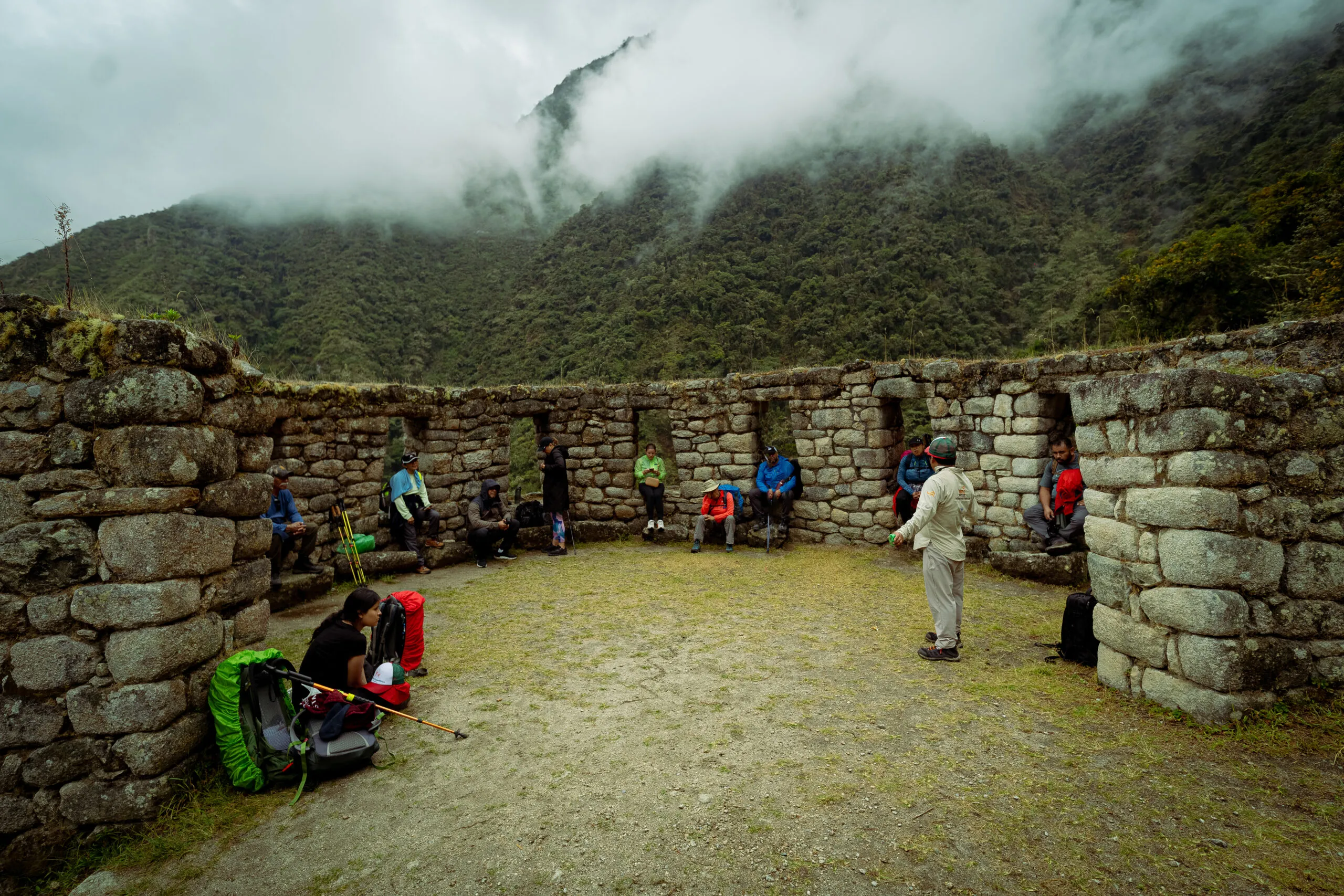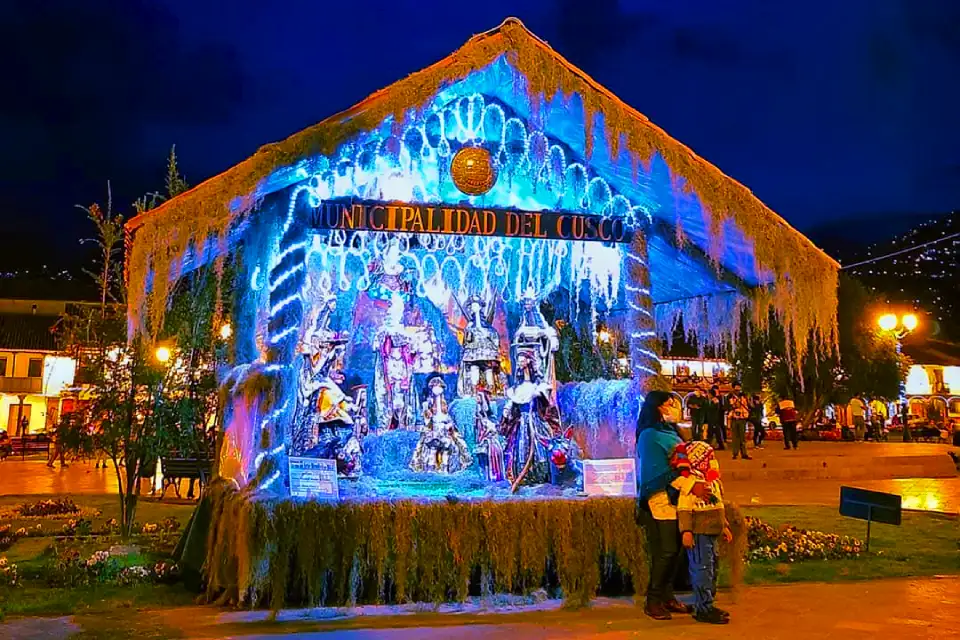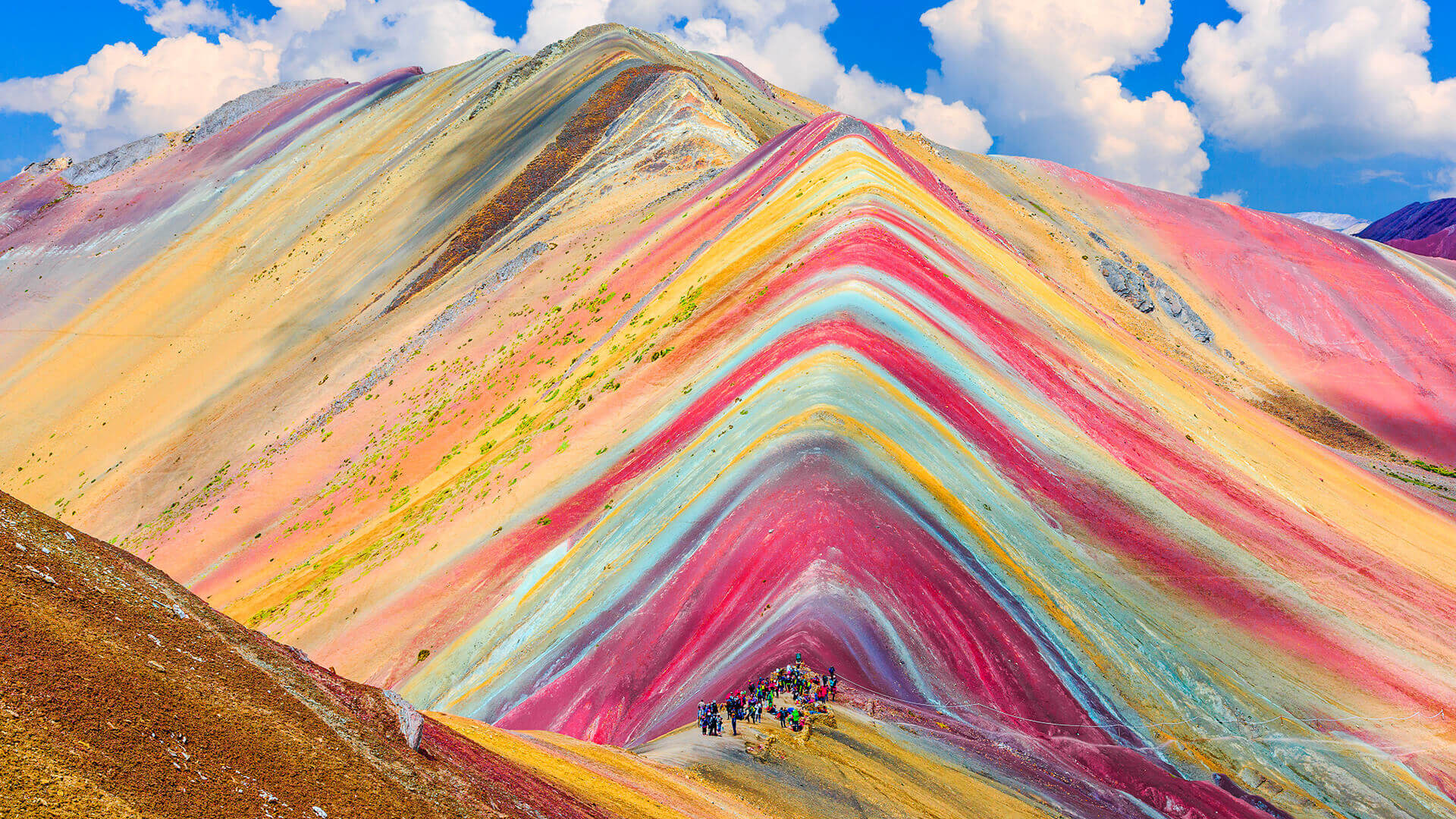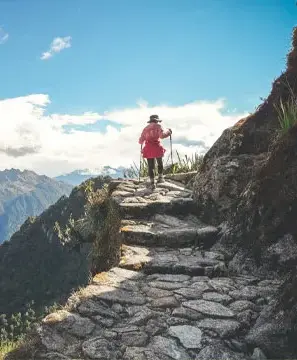HISTORY AND MYSTERIES OF THE INCA TRAIL: A JOURNEY THROUGH TIME

In the heart of the Peruvian Andes lies a marvel of ancient engineering: the Inca Trail, known in Quechua as Qhapaq Ñan. More than just simple paths, this network was the lifeblood that connected mountains, deserts, valleys, and cultures, keeping the great Inca Empire alive.
Since its recognition as a UNESCO World Heritage Site in 2014, the Qhapaq Ñan continues to breathe history. It preserves the imprint of its builders and of the travelers who, centuries later, walk its ancient paths to Machu Picchu and other sacred destinations.
A legacy that lives on
The Inca Trail is much more than a feat of engineering: it is a living testament to the Andean worldview. Today, communities travel along it and protect it, keeping the cultural heritage of the Qhapaq Ñan alive. To walk its trails is to cross portals in time, an experience that connects the modern traveler with the spirit of the Incas, the Pachamama, and the essence of Peru.
Inca engineers mastered the challenging geography of the Andes, drawing routes that crossed mountains, valleys, and deserts, and applying techniques so advanced that, even today, they amaze us with their durability and conservation.
A masterpiece of the Tahuantinsuyo
The Qhapaq Ñan was the backbone of the Tahuantinsuyo, the original name of the Inca Empire. According to the Peruvian Ministry of Culture, this network stretched approximately 40,000 kilometers, connecting the current territories of Ecuador, Peru, Bolivia, Chile, and Argentina.
Built with stone, rammed earth, and ingenious drainage systems, the Inca Trail still defies the extreme conditions of the Andes today. Its builders knew how to tame snow-capped mountains, deserts, and fertile valleys, displaying an almost magical mastery over nature.
Amazing construction
The genius of the Incas shone through in their art of conquering the land without breaking its spirit.
- Stairways carved into living rock: adapted to the mountains without the need for cement or metal.
- Hidden drainage systems: designed to withstand Andean rains and prevent erosion.
- Suspension and rope bridges: connecting impossible chasms and ravines, constantly renewed by local communities.
- Tambo and colcas: small shelters and warehouses along the way that served as places to rest and store food.
Although centuries have passed, much of this infrastructure remains standing, like a silent guardian of engineering ahead of its time.
The purpose of the Inca Trail
The Qhapaq Ñan was much more than a road: it was the strategic artery that allowed armies, food, and news to be moved throughout the empire, uniting distant regions in a common heartbeat.
The chasquis, the Inca’s swift messengers, traveled the road carrying messages and quipus. Thanks to a network of tambos every 20 or 30 kilometers, they covered astonishing distances in record time, carrying orders and news from Cusco to the farthest corners of the empire.
Mysteries still unsolved
The Inca Trail hides secrets that science is still trying to unravel:
The real purpose of Machu Picchu
Although it is believed to have been a royal residence of Pachacútec, many researchers propose alternative theories:
- An astronomical observatory, aligned with the solstices and sacred constellations.
- A spiritual sanctuary, where the Incas performed rituals to the Sun and the sacred mountains (apus).
- A religious retreat reserved for priests and virgins of the Sun.
Inca logistics
Without large pack animals, how did the Incas manage to move food, stones, and materials?
The secret lay in the skill of the chasquis and a network of strategic warehouses that kept the road supplied without relying on large caravans.
The symbolic power of mountains
For the Incas, each mountain was home to an Apu, a protective spirit. Along the way, travelers offered coca leaves, prayers, and songs, seeking protection and harmony.
The Inca Trail not only connected villages, but also wove a bridge between the earth and the spiritual world.
A transformative journey
Walking the Inca Trail is to awaken history with every step, to feel the past vibrate beneath your feet. From the first cobbled sections, where the stones whisper ancient tales, to the moment when Machu Picchu reveals itself through the mist at the Sun Gate, the entire journey radiates an ancestral energy that transcends words.
For many travelers, the Inca Trail is much more than a hike: it is a spiritual and personal journey, a reunion with nature, history, and one’s own being.
Remember:
The Inca Trail is more than a path to a wonder: it is a living testimony to the ingenuity, faith, and spiritual connection of the Incas to the land that saw them flourish.
Its stones hold secrets that may never be fully revealed, but every traveler who walks them becomes part of the living legend of the Inca Trail.






